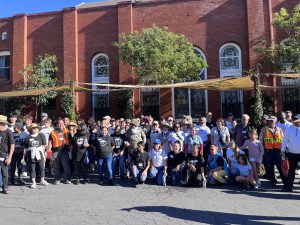Learn More
Language Spoken at Home
Metadata
Variable Definitions:
Language Spoken at Home: The percentage of people 5 years and older who speak one of six languages most of the time at home. These languages are:
- Chinese (including Mandarin and Cantonese)
- Korean
- Only English
- Spanish
- Tagalog (including Filipino)
- Vietnamese
Source:
American Community Survey, 5-year estimates, Table C16001
Years Available:
2016 – 2023
*Note: Each year of available data shown above is a 5-year estimate, or an average of data collected over a five year period. 5-year estimates are used to increase the reliability of the data at small geographies like neighborhoods and census tracts. The years shown on the NDSC map represent the final year of the five year average (e.g. “2010” represents 2006-2010 data, “2011” represents 2007-2011 data, and so on). For the most impactful comparison of data over time, the ACS recommends comparing non-overlapping years (e.g. 2010-14 with 2015-19).
Why are these variables important to measure?
Language Spoken at Home
Respondents were asked whether they sometimes or always spoke a language other than English at home. If yes, they wrote in the language spoken most often at home. Respondents who only spoke another language at school, or if speaking was limited to only slang, were not marked as speaking another language.
Understanding the primary language spoken in a neighborhood can have important implications for local government, business, and schools. In particular, areas with more languages spoken at home may need to provide for adequate translations in order to ensure equitable access to social services. Further, children from homes where English is not the primary spoken language may need additional resourcing to provide for a multi-lingual education. This is also used alongside information about housing, voting, employment and education to help the state enforce laws against discrimination.
Related Data Stories

The Book Truck: Delivering Literacy in Southern California
Why Do Some People Read? For children in some communities, books and reading are omnipresent. Reading begins as amusement and entertainment and grows into a



